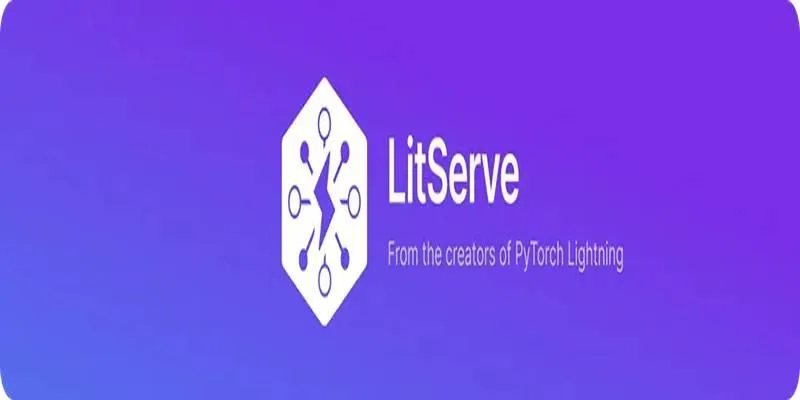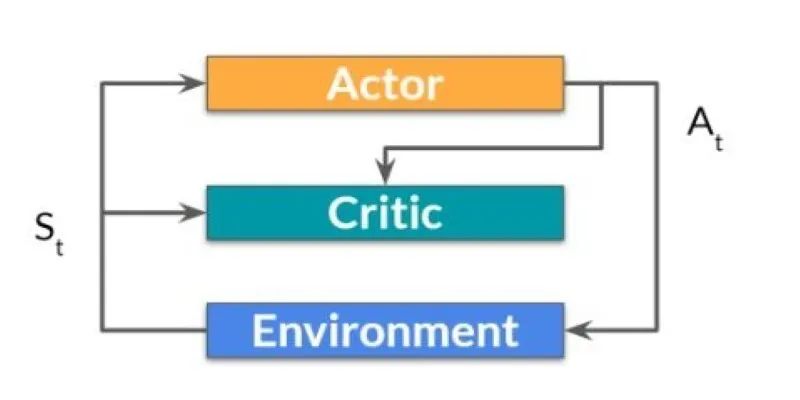In today’s AI-driven world, building strong models is only half the battle. The real challenge emerges when it’s time to deploy them. For businesses and developers aiming to leverage AI in real-time applications, model serving is a crucial yet often overlooked component. It’s not just about wrapping models in an API; it’s about doing so efficiently, scalably, and reliably.
Traditional methods of serving start to falter as AI models become more complex, especially large language models (LLMs) and vision-language systems that require more resources. This is where LitServe truly excels.
LitServe is a flexible, high-performance model serving engine specifically designed for modern AI workloads. Built on FastAPI but tailored for AI- specific demands, LitServe represents a significant advancement in the evolution of machine learning deployment. In this post, we will explore how LitServe is transforming the AI deployment landscape , its standout features, and why it may very well be the future of scalable model serving.
Why Is Model Serving More Than Just an Endpoint?
Before diving into LitServe itself, it’s important to understand what model serving really entails.
Model serving refers to the process of making a trained machine-learning model available for inference, typically via an API. Once deployed, users or applications can send data to the model and receive predictions in return—this forms the backbone of any AI-powered system in production.
However, real-world deployment comes with unique challenges:
- Latency : Users expect fast responses, especially in applications like chatbots, image processing, or recommendation systems.
- Scalability : The system must handle traffic spikes without slowing down or crashing.
- Resource Management : Large models require significant computing power, often involving GPUs or even multi-GPU setups.
- Reliability : The server should remain consistent and responsive under varying loads.
Traditional web frameworks like FastAPI and Flask can technically serve models, but they lack the fine-grained control and performance optimization features needed for AI workloads. This is where LitServe sets itself apart.
What Is LitServe?

LitServe is an open-source model serving solution that builds upon FastAPI but extends it to support the demanding needs of machine learning in production. It’s engineered specifically for serving AI models efficiently, whether you’re working on a laptop, deploying to cloud infrastructure, or scaling across multiple GPUs. The goal of LitServe is simple yet ambitious: to make deploying and scaling AI models effortless while delivering maximum performance.
Built for AI Workloads
Unlike general-purpose frameworks, LitServe addresses the bottlenecks that arise when serving models—especially large, transformer-based architectures or models handling high volumes of requests.
It offers features such as batching, streaming, GPU acceleration, and autoscaling right out of the box. More importantly, it abstracts away much of the complex engineering work typically involved in AI model deployment, allowing developers to focus on model logic rather than infrastructure.
Key Features That Set LitServe Apart
LitServe brings a host of features that directly cater to the demands of scalable model serving. Here are some that truly stand out:
Performance-First Design
LitServe is optimized for high-throughput, low-latency inference. Whether it’s running lightweight models or massive LLMs, it’s designed to serve predictions faster than traditional serving methods by streamlining the prediction pipeline and leveraging the best of FastAPI’s asynchronous capabilities.
Multi-GPU and Hardware Acceleration
Modern models often require GPU computation for practical inference speed. LitServe not only supports GPU acceleration but also extends to multi-GPU setups, automatically distributing workloads across devices to reduce bottlenecks and speed up response times.
Batching for Efficiency
Serving multiple requests individually can lead to redundant computation. LitServe introduces batching, which allows it to process several requests at once. This reduces overhead, improves resource utilization, and significantly enhances throughput—ideal for applications with high-frequency requests.
Streaming Capabilities
In scenarios where input or output data is large—like in chat applications or multimedia processing—streaming is crucial. LitServe’s streaming support ensures that data is handled in chunks rather than loading everything into memory at once, making it suitable for real-time use cases.
Autoscaling and Load Handling
Another standout feature is LitServe’s ability to scale based on demand. With dynamic device allocation, developers can serve models across different hardware configurations without worrying about manual scaling or server crashes during peak usage.
Advanced Integration and Customization
From authentication layers to OpenAI-style endpoints, LitServe offers deep customization options for advanced use cases. It supports complex AI workflows and even multimodal systems that combine text, vision, or audio models.
Real-World Application: Serving Vision Models

To better understand LitServe’s capabilities, consider a practical use case —serving a vision-language model for image captioning. This involves a deep learning pipeline where an image is processed by a vision encoder and passed to a language decoder (typically a transformer) to generate descriptive captions. Such models, like Hugging Face’s ViT-GPT2 image captioning system, are computationally intensive and require thoughtful deployment.
With LitServe, deploying such a model becomes straightforward. The server can handle requests to describe an image from either a local file or a URL. Under the hood, it loads the model, handles image preprocessing, and returns human- readable captions in real time—all with GPU acceleration and efficient request handling. What’s remarkable is that LitServe manages the complexities—device allocation, resource management, input decoding, output formatting—so that the developer doesn’t have to.
Conclusion
AI is advancing at a breakneck pace, but deployment often remains a bottleneck. Tools like LitServe are changing that narrative by providing a robust, scalable, and developer-friendly solution to model serving. Whether you’re a solo developer experimenting with models on your laptop or an engineering team deploying AI at scale in the cloud, LitServe offers a unified platform that handles the heavy lifting—so you can focus on building great AI products.
As AI models grow larger and applications become more demanding, the tools we use to serve them must evolve, too. LitServe is not just keeping up with this evolution—it’s leading it. If you’re serious about AI in production, LitServe is a name you’ll want to remember.
 zfn9
zfn9






















